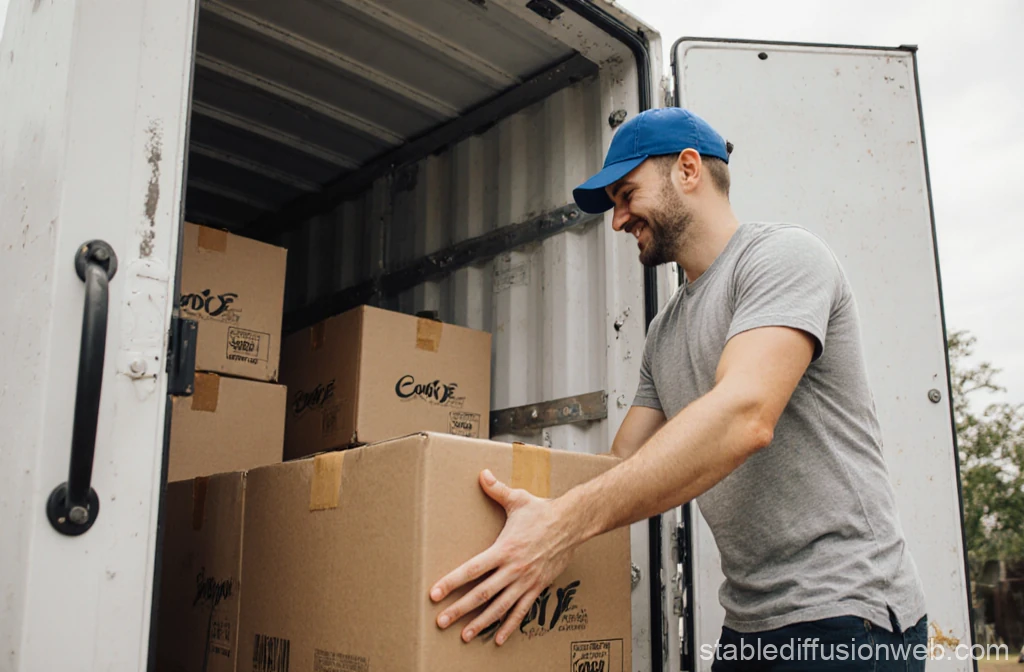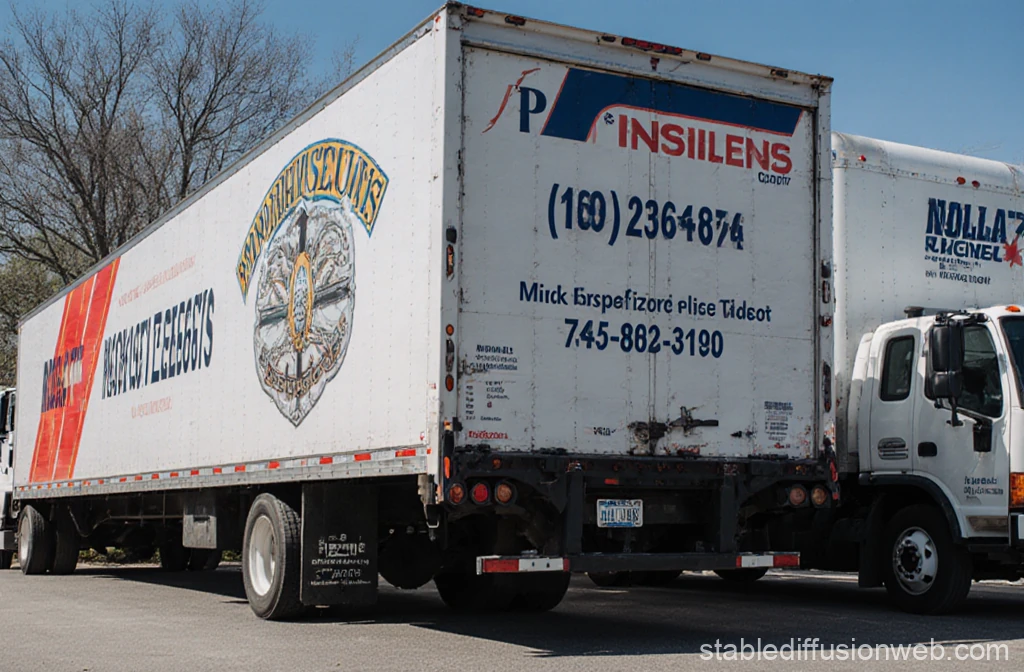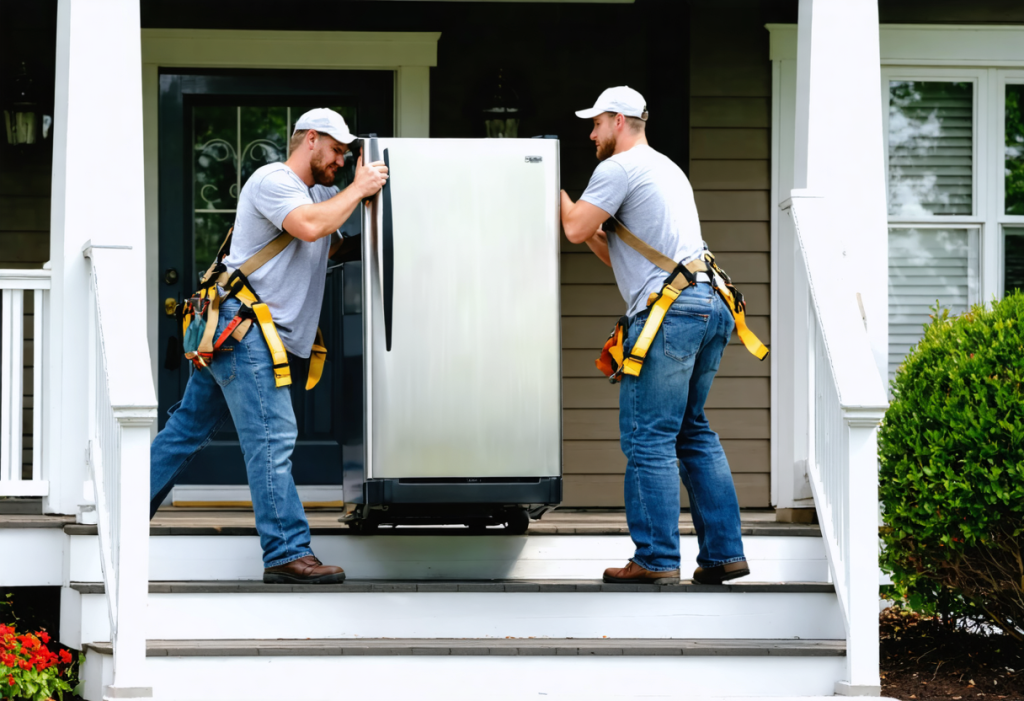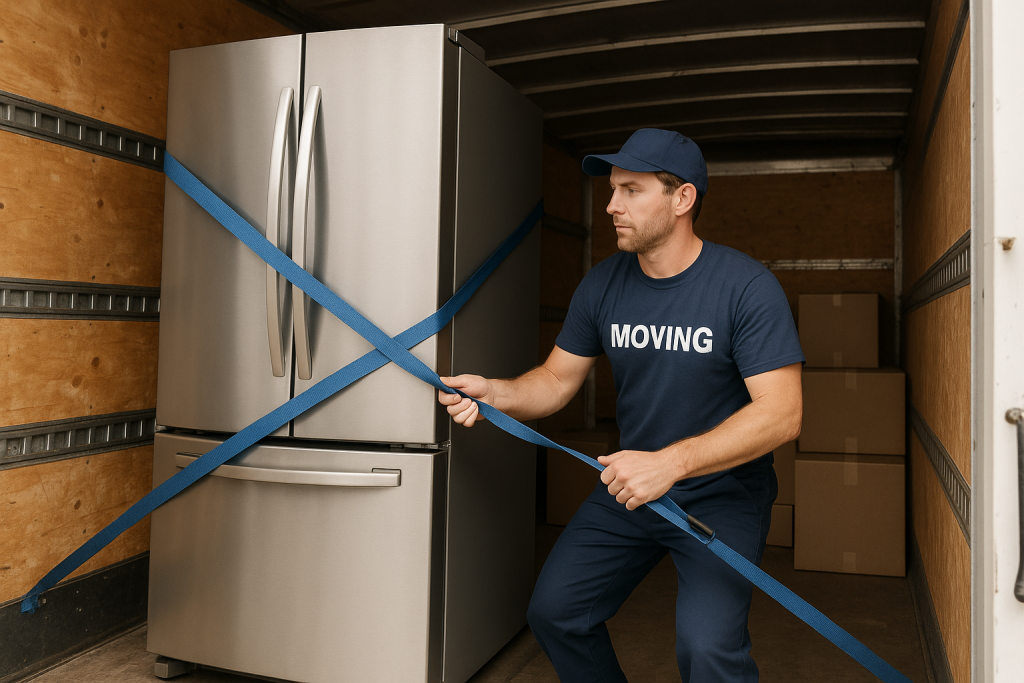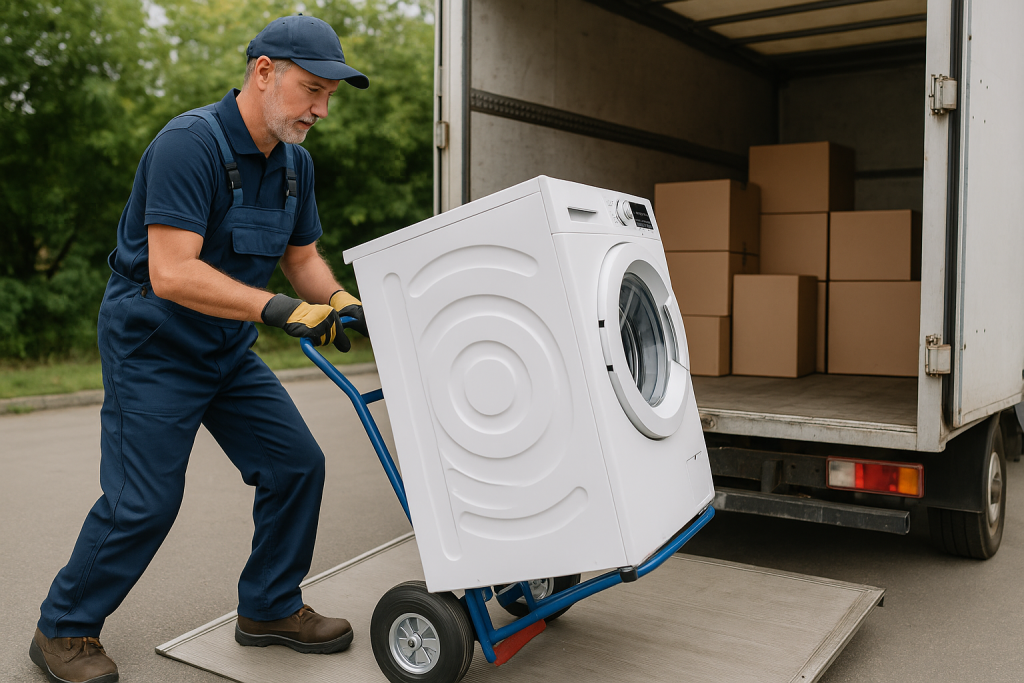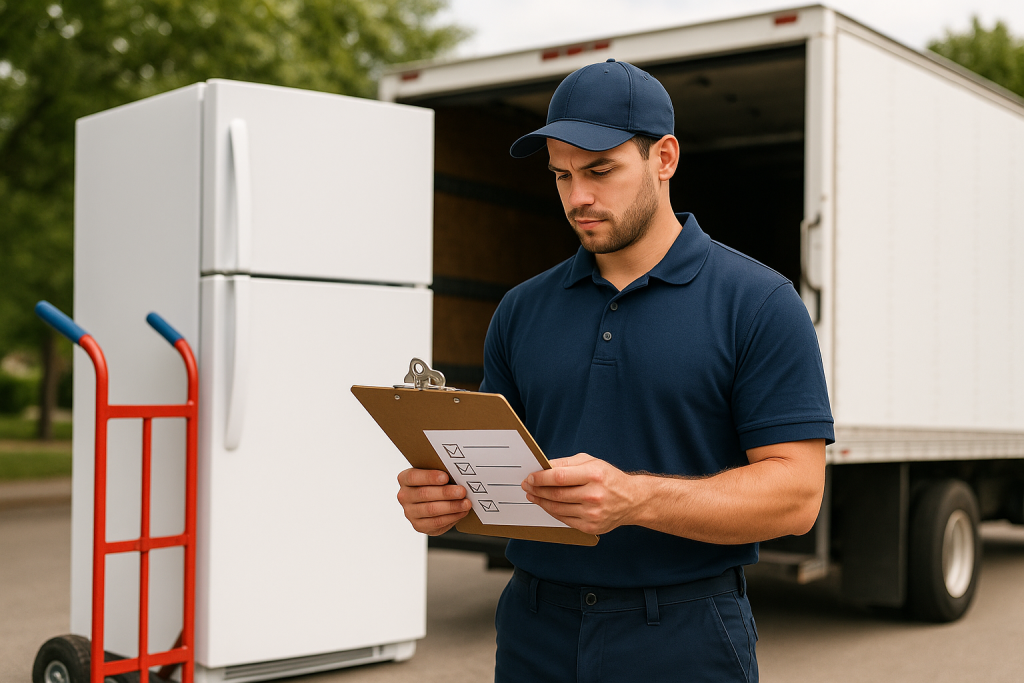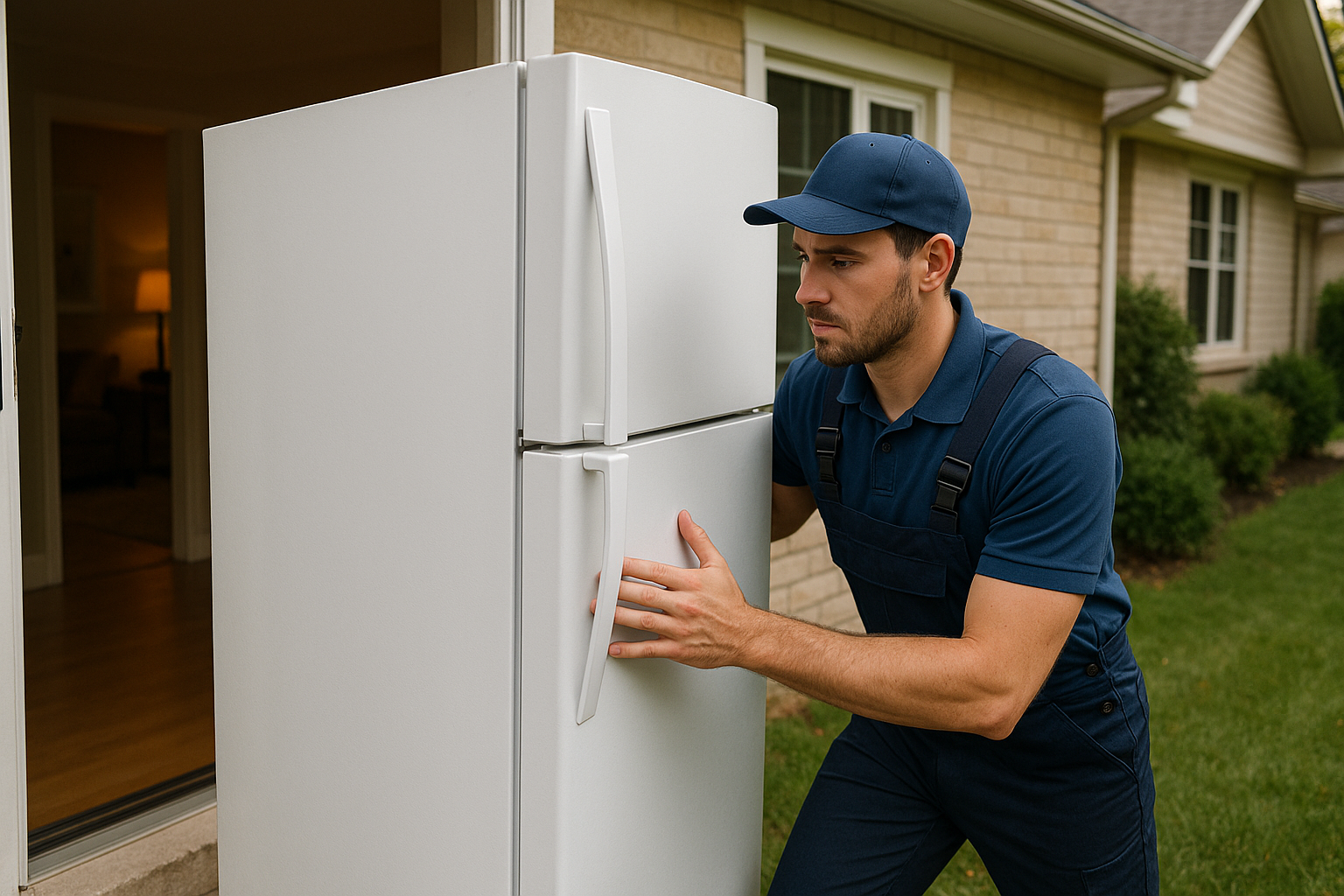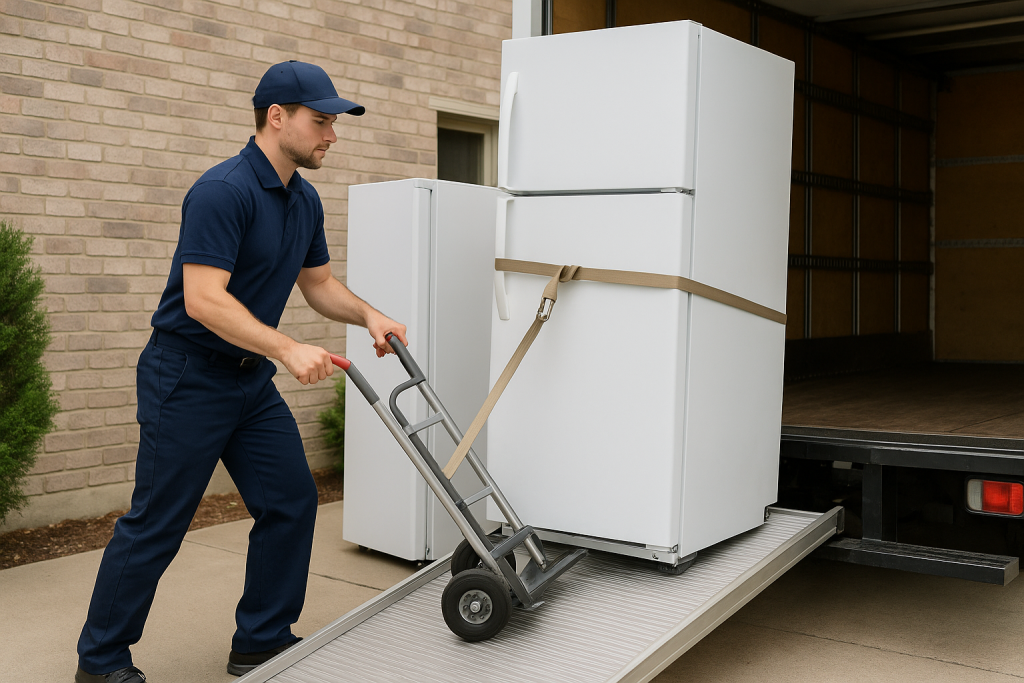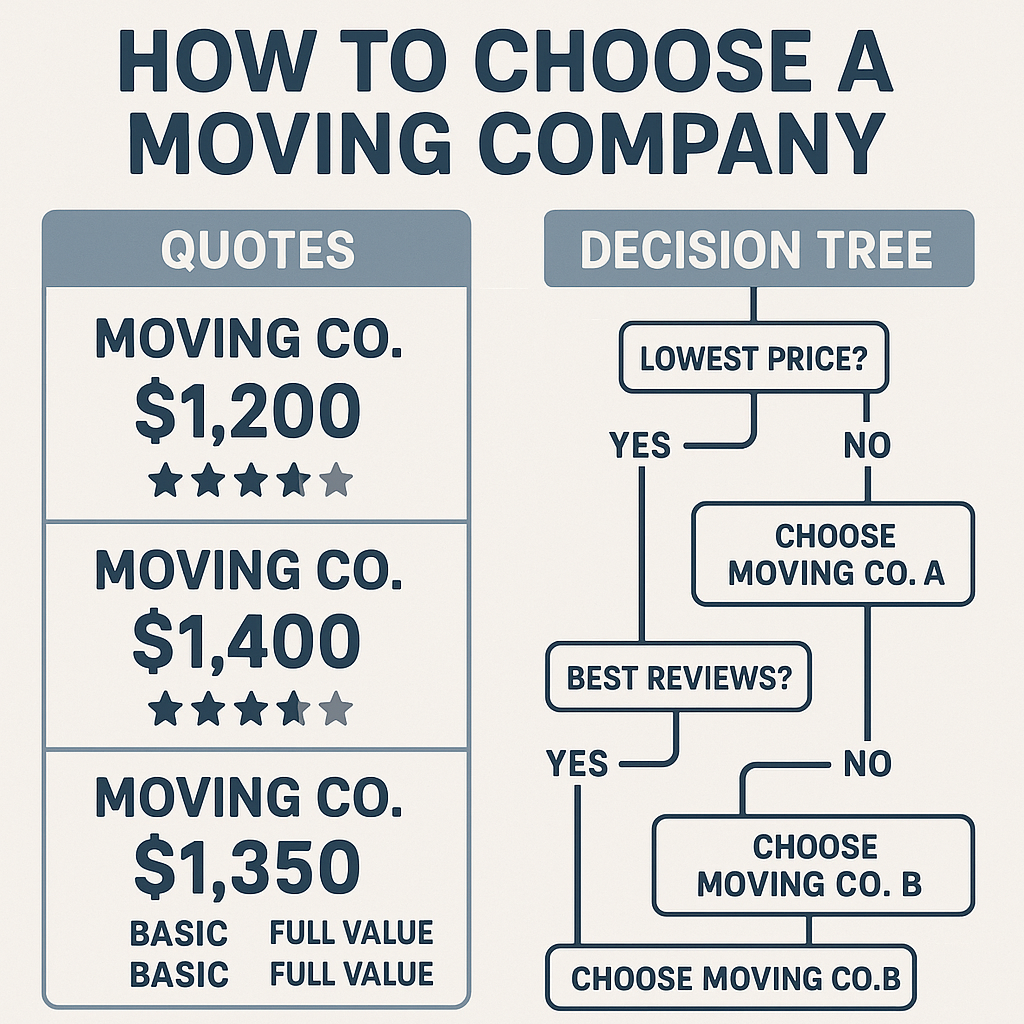Moving to a new state brings a mix of excitement and worry. New opportunities wait on the other side, but the process of getting there can feel stressful. Thankfully, interstate movers take the pressure off your shoulders. With the help of a skilled moving company, your relocation becomes smooth, safe, and well-organized.
Because long-distance moves require special care and attention, choosing reliable professional movers matters more than most people realize. From packing your belongings to unloading them in your new home, experienced long-distance movers make every step easier.
Why Interstate Movers Matter for Any Long-Distance Move
Interstate relocation is much more complex than moving across town. It involves planning, coordination, and safe transport across many miles. Interstate movers are trained for this type of move. They know how to protect fragile items, handle heavy furniture, and manage long driving hours.
Here are key reasons to hire professional movers for an interstate move:
- They use proven packing methods
- They offer secure transportation across state lines
- They follow long-distance safety rules
- They provide insurance for your belongings
- They reduce stress by managing the entire process
- They prevent injuries from heavy lifting
With trained long-distance movers, you can expect peace of mind from start to finish.
How to Prepare for Your Move
Even though your interstate movers will handle the most complex parts, good planning makes everything easier. Start early so you never feel rushed.
Here’s a simple plan to follow:
- Choose a trusted moving company
- Create a timeline for packing
- Declutter every room
- Gather strong boxes and packing supplies
- Label all boxes with room names and descriptions
- Confirm transportation details with your movers
- Keep valuables with you
With a plan, your move stays organized. Many moving services also offer full packing help if you prefer a hands-off approach.
Packing Tips to Keep Your Belongings Safe

Packing is one of the most critical steps in any move. When done right, it protects your belongings during long travel. Here are tips from skilled professional movers:
- Use small boxes for heavy items
- Wrap fragile items one by one
- Use bubble wrap for dishes, glasses, and electronics
- Fill empty spaces with packing paper
- Seal every box with strong tape
- Write clear labels on every side of each box
- Keep one essentials box for your first night
Because long-distance travel can be bumpy, safe packing is crucial. Experienced interstate movers bring high-quality materials to protect your items.
How to Choose a Reliable Moving Company
Not all movers offer the same quality of service. Picking the right moving company makes the difference between a smooth move and a stressful one.
Look for these vital signs:
- Clear communication
- Transparent pricing
- Good reviews and ratings
- Proper insurance coverage
- Clean and well-maintained trucks
- Friendly and trained workers
- A range of moving service options
If a company checks these boxes, you can trust them with your move. Professional long distance movers make the entire process easier and safer.
Moving Day: What You Should Expect
Moving day can feel intense, but with expert interstate movers, the day becomes much simpler. Because they follow a clear plan, everything stays organized.
Here is what usually happens:
First, the moving truck arrives on schedule.
Next, the movers walk through your home to confirm what needs to be moved.
Then, they carefully load your boxes and furniture.
After that, they transport your belongings across state lines.
Finally, they unload everything and place boxes in the correct rooms.
Some professional movers also assist with assembling beds, tables, or large furniture pieces, depending on the service package you select.
Benefits of Hiring Long Distance Movers
Working with long-distance movers offers many advantages that save time, money, and stress.
Here are some of the most significant benefits:
- Safety for your belongings
- Faster-moving process
- Reduced physical strain
- Lower risk of damage
- Access to trained workers
- Peace of mind knowing everything is insured
With the exemplary moving service, you can avoid common moving problems, such as broken items, delayed delivery, or unexpected extra fees.
How to Make Your Interstate Move Even Easier
Even with skilled interstate movers, small steps can make your relocation much smoother.
Try these helpful tips:
- Label each box clearly
- Take photos of valuable items before the move
- Keep cables and small parts in zip bags
- Carry all medications with you
- Confirm the arrival time with your moving company
- Prepare snacks and water for your family
- Keep cleaning supplies available for both homes
These simple steps help you stay organized and avoid stress.
Mistakes to Avoid During Your Long-Distance Move
Avoiding mistakes keeps your move smooth and protects your belongings. Here are common errors people make when moving without professional movers:
- Packing heavy items in large boxes
- Waiting too long to start packing
- Forgetting to label necessary boxes
- Using weak or damaged boxes
- Leaving items loose in the truck
- Not confirming arrival times with the movers
When you work with reliable long-distance movers, these problems are less likely to happen.
Extra Services Offered by Many Moving Companies
A quality moving company often provides more than just loading and unloading. Many also offer:
- Full packing and unpacking
- Furniture disassembly
- Storage solutions
- Special handling for fragile items
- Car transport options
These services help make your move even easier. Because every customer has different needs, moving services can be tailored to meet individual requirements.
FAQs About Interstate Movers
Q: How much do interstate movers cost?
A: Costs depend on distance, weight, services, and time of year. You should compare quotes from different moving companies.
Q: When should I book my movers?
A: Book your interstate movers 4–8 weeks before moving day.
Q: Do movers offer packing services?
A: Yes, many professional movers offer full or partial packing services.
Q: Are my items insured during the move?
A: Most movers include basic coverage. You can purchase additional insurance for high-value items.
Q: How long does a long-distance move take?
A: Delivery can take 2–7 days, depending on the distance. Long-distance movers will provide you with an estimated delivery window.
Q: Will movers handle fragile or antique items?
A: Yes, experienced movers are trained to pack and transport delicate belongings.

Interstate relocation can feel stressful, but it doesn’t have to be. With trusted interstate movers, your belongings stay safe, and your moving experience becomes easier. Skilled professional movers take care of everything from packing to delivery.
The right moving service ensures that your move is organized, stress-free, and on schedule. When you choose experienced long-distance movers, you can enjoy your new start without worrying about damage, delays, or hidden fees.


